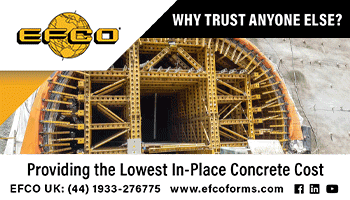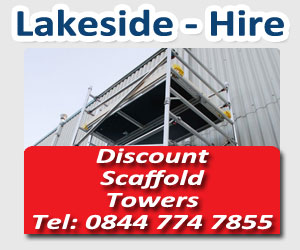Tree root intrusion is one of the most common reasons why commercial drains become blocked. It occurs when tree roots grow into the drains and start to clog and prevent the steady flow of water through the system.
While some root invasions are little more than a small inconvenience, if they are left untreated it can lead to costly damage. The good news is there are ways to recognise the signs of root tree instruction, so you can get a head start to manage the problem from the start. Read on to find out how to prevent root intrusion on commercial drains.
Why does root intrusion happen?
All trees need to grow are soil, sunlight and water. They are particularly attracted to moisture and their roots will try to follow any nearby source in order to sustain its growth. Water in sewer pipes offer plenty of water and roots will naturally look to seek it out.
Once the roots reach the water source their roots will slowly begin to spread into any loose joints or cracks in your commercial drain. They can be as small as a human hair, or grow to the width of a thumb or even larger. Their adaptability is one of the reasons why they can get into any part of the drainage system.
If left alone, tree roots will continue to grow into the drain, filling them completely if nothing is done to resolve the issue. Eventually they will stop nearly all of the water passing through, creating blockages within your building.
What are the signs of root intrusion?
There are some tell-tale signs that root intrusion has started to occur. Here are some of the more obvious ways you can tell if trees roots are growing into a commercial drain:
• Strange growing trees
Spotting changes in the growing habits of a tree is not something you usually pay attention to. This is because they tend grow at a steady rate. However, if a specific tree looks like it is greener, or growing much faster, this could be because it is receiving a lot more water due to its roots extending into the drain.
• Bad odours
If a commercial drain becomes clogged up, it may start to emit a bad odour. This might be similar to the smell of a rotten egg, or something similar. You may have noticed the smell is also occurring inside the building. This usually means there is a blockage in the drain and tree root growth tends to be one of the most common reasons why.
• Poor water flow
When tree roots start to grow into a commercial drain, they slowly begin to restrict the flow of water through the system. If you notice water backing up inside the building, or that water is draining more slowly than normal, you can try unblocking using a plunger. If this doesn't work, you will need to inspect the drain outside and potentially call out a professional.
• Sunken areas
The growth of tree roots underground into new areas of the property may compromise the structural integrity of the ground. There may be large areas of soil that are continually saturated with wastewater that lead to the creation of sinkholes. This affects the soil as it eventually weakens and can lead to the earth underneath the grass shifting, leaving behind visible pools of water.
How to prevent root intrusion on a commercial drain
In the long run, prevention is going to be far more cost effective and less stressful than paying for professional drainage companies to remove the roots. Here are some ways you can prevent it becoming an unmanageable problem on your commercial property:
• Find out where the sewer lines are
You can contact the local authority to get access to the nearby sewer maps. Before any planting or landscaping can be done on your property, it pays to know where any pipes, cables and lines might be.
• Create a barrier
There are a number of barriers available that are designed to discourage the growth of roots in commercial drains. The use of slow release chemicals such as potassium hydroxide and copper sulphate can be used near a commercial drain to prevent root growth. Alternatively, you could use wooden or metal barriers that will help to protect the drain from roots intruding into their space.
• Plant less intrusive greenery
The way you landscape and design the layout on the property often helps to prevent root intrusion and the many problems it can create. Keep the amount of plants near to the drains as limited as possible. Make sure larger trees are planted far enough away so they are not likely to reach the pipes. If you have no option, choose slow-growing greenery that have a small root ball.
• Inspection and maintenance
When commercial drains continue to clog up, they are difficult to clear and usually emit gurgling noises. When this starts to happen, call out a professional plumber who can inspect the situation more closely. In many cases they will use a camera probe to see inside the drain to locate the issue. The sooner you call someone out, the more likely it is a fast and cost-effective solution can be found.
Quickcleardrainage.co.uk are emergency blocked drain and CCTV drain survey specialists based in London. If you need any help clearing or unblocking drains, please let us know.
Construction News
12/02/2019
How To Prevent Root Intrusion On Commercial Drains
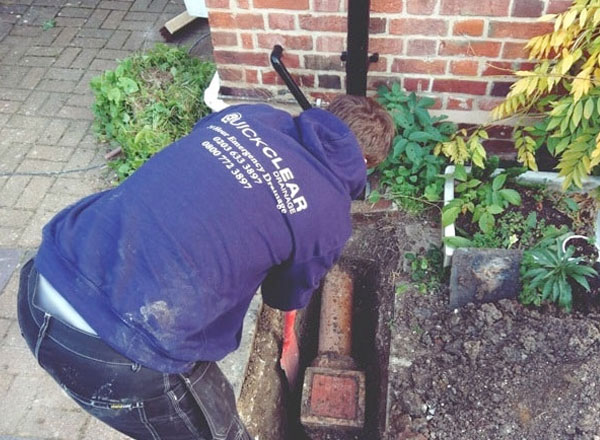
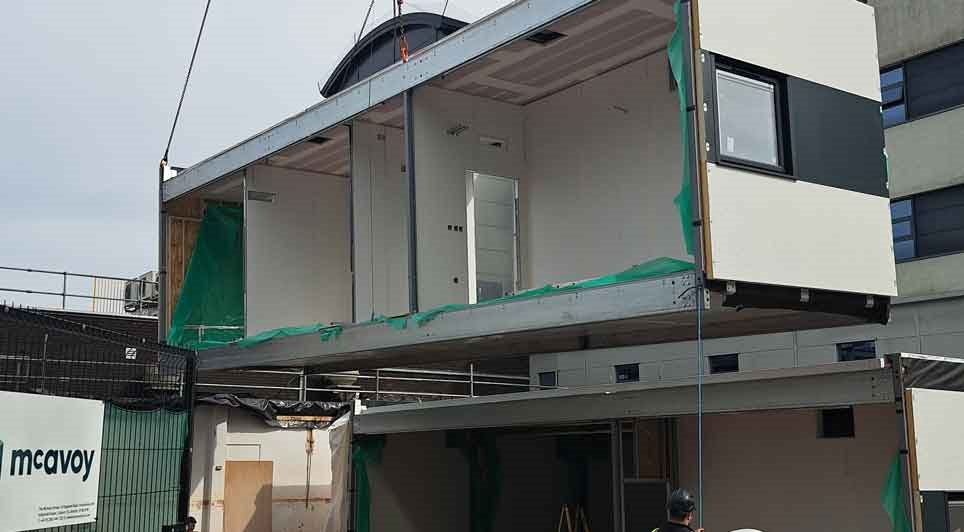
08/05/2025
McAvoy, in partnership with University Hospitals Birmingham NHS Foundation Trust, has reached a key sustainability milestone by achieving zero landfill waste during the construction of a new Medical Assessment Unit (MAU) extension at Good Hope Hospital in Birmingham.
The construction project, which

08/05/2025
A £25 million Community Diagnostic Centre at Norfolk and Norwich University Hospital (NNUH) was officially opened in late April by His Majesty's Lord-Lieutenant of Norfolk, The Lady Dannatt MBE, marking a major milestone in the delivery of modern healthcare services across Norfolk and Waveney.
The

08/05/2025
Caddick Civil Engineering Ltd has completed a £2 million construction contract at the Vesuvius site in Worksop.
Commissioned by property investment and development company CEG, the infrastructure works included the extension of the existing spine road, construction of a new roundabout, and full uti
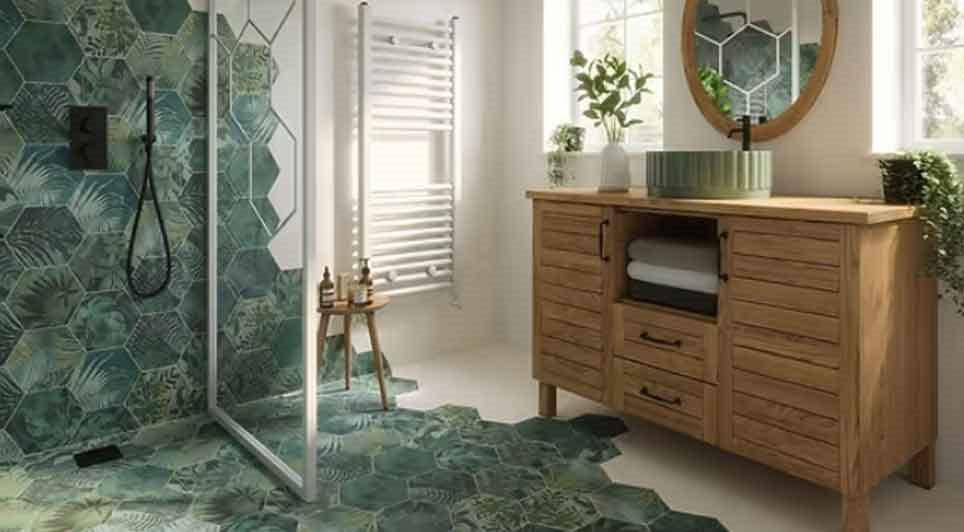
08/05/2025
Hyperion Tiles is a trusted, independent, family-run business dedicated to helping you transform your home into a space of beauty and style.
We offer a stunning selection of Porcelain Tiles,

08/05/2025
West Lancashire Borough Council has officially approved the Skelmersdale Masterplan, a landmark decision that sets in motion a long-term regeneration strategy aimed at revitalising the town through economic growth, improved transport and community-focused development.
The Masterplan was approved at

08/05/2025
Qualis Flow (Qflow), the award-winning construction technology company whose instant on-site data capture delivers transformative industry insight, has been honoured with the King's Award for Innovation, the UK's most prestigious recognition for pioneering excellence in business.
Founded in 2018 to

08/05/2025
Travelodge has exchanged contracts to develop a new 89-room hotel at the Goods Yard regeneration scheme in Bishop's Stortford.
The planned hotel will showcase Travelodge's latest premium design, including a contemporary reception area and next-generation rooms aimed at providing a comfortable stay

08/05/2025
A major new road scheme designed to improve transport links and unlock long-term economic growth in Newquay has officially opened to the public, with Network Rail’s newly completed railway bridge now in full operation.
The Newquay Strategic Route, developed in partnership by the Duchy of Cornwall a

08/05/2025
Leaf Living and Vistry Group have marked a major milestone in their national housing partnership with the handover of their 1,000th jointly delivered home at The Burrows development in Paddock Wood, Kent.
The event was attended by Councillor Astra Birch, Cabinet Member for Housing and Communities

08/05/2025
Gilbert-Ash has announced that its £29 million redevelopment of Havelock House on Great Bridgewater Street, Manchester, has achieved the highly coveted 'BREEAM Outstanding' sustainability rating.
BREEAM (Building Research Establishment Environmental Assessment Method) is an internationally recognis
 UK
UK Ireland
Ireland Scotland
Scotland London
London

